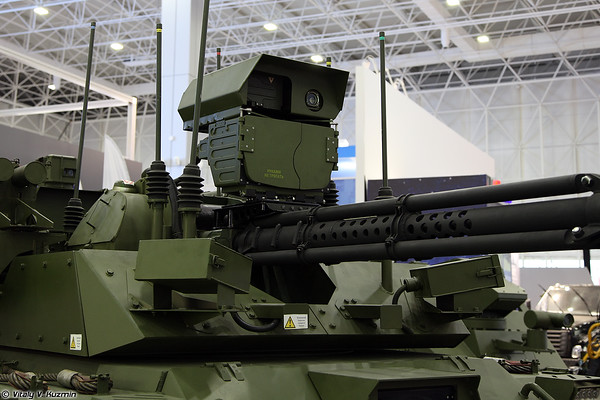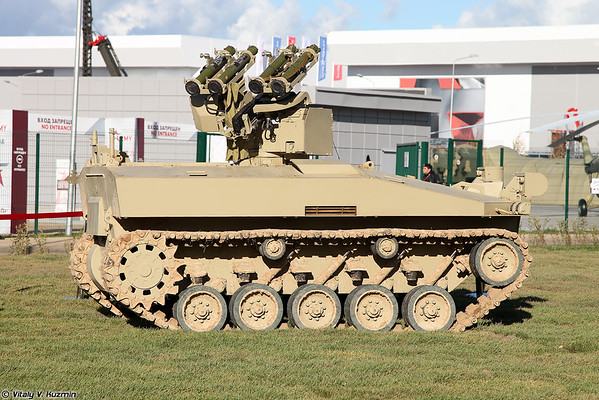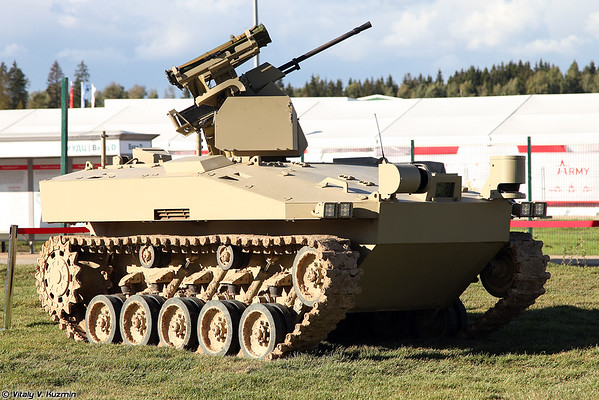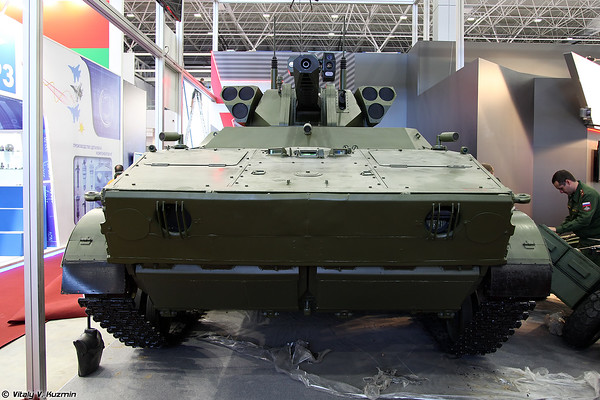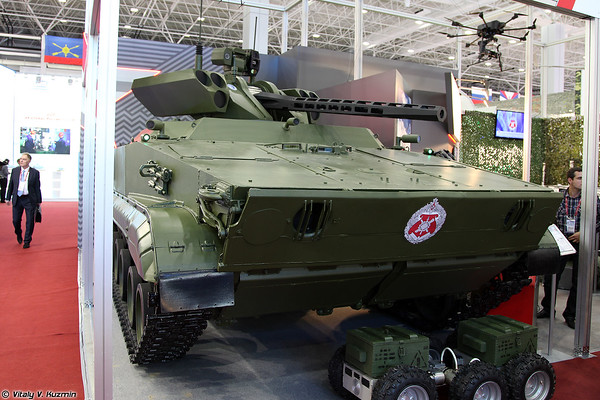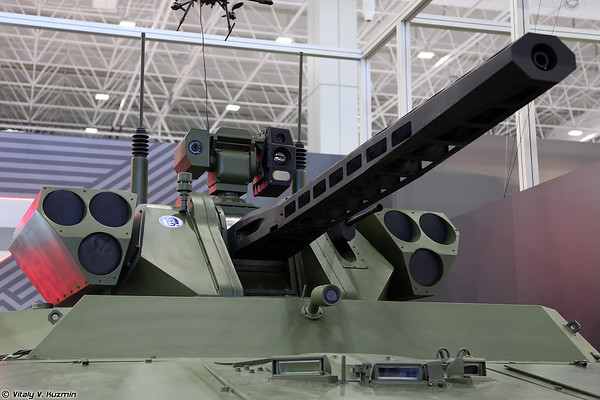Oliskohan miten kyrpä vehje semmoinen pieni drone joka pyrkisi menemään panssarivaunun piippuun ja hitsaamaan/valamaan itsensä kiinni piipun sisäpintaan (esim. termiitillä), tai mekaanisesti kiinnittymään... Miten lujaa sen pitäisi kiinnittyä että ei irtoa enää ampumalla? Tai toinen voisi olla pienen kranaatin vierittäminen piippusta alas...
Vähän turhan monimutkaista jos asiaa katsoo näin elektroniikan ja softan näkökulmasta.
Jos tankin tuhoaminen pitää aikaansaada "halvalla" ja mahdollisimman "helposti" ilmasta käsin, niin toimisin seuraavasti.
1) Hankitaan joko halpoja ontelokranaatteja (esim. RPG-7 - järjestelmässä käytettäviä) tai tehdään itse.
2) Asennetaan siihen ohjainsiivekkeet ja lennonohjausjärjestelmä (sis CPU, sensorit ja toimilaitteet)
Maaliinhakeutuminen suoritettaisiin näkyvän alueen, eli normaalin kameran avulla. Vaatii reiluhkosti laskentatehoa, mutta esimerkiksi BCM823x-pohjainen prosessorikortti (RPi) selviäisi hommasta helposti. Plussana lisäksi se, että em. SoC:ltä löytyy valmiina tarpeeksi nopea kameraväylä sekä tuki yleisesti käytössä olevalle käyttöjärjestelmälle.
Käytännön softaongelmaksi muodostuisi se, että maali pitäisi ensin löytää lavetin kenties kalliimmalla ja edistyksellisemmällä kamerajärjestelmällä (järkkäripohjainen?) ja tämän jälkeen maalikuva pitäisi saada vielä lukittua yllä kuvatulla halvemmalla sensorijärjestelmällä. Pieni amerikantemppu mutta ei mahdotonta.




